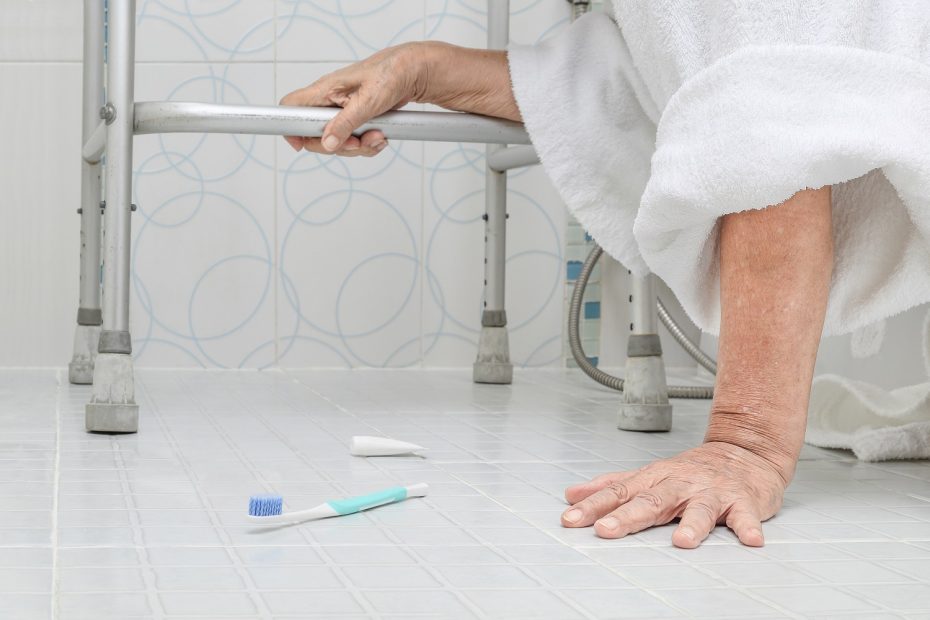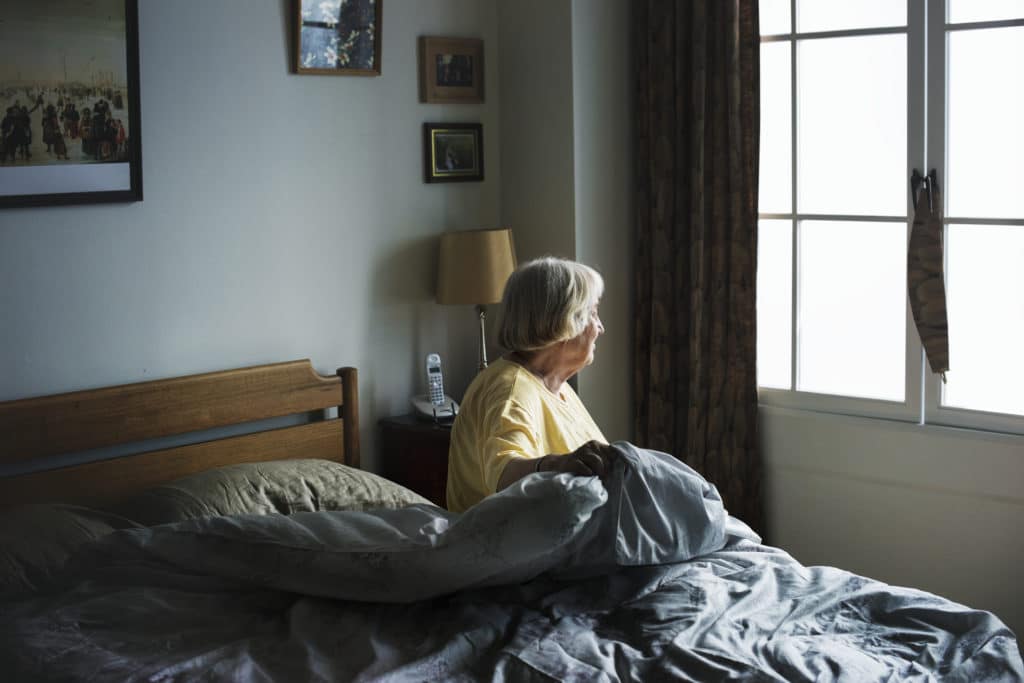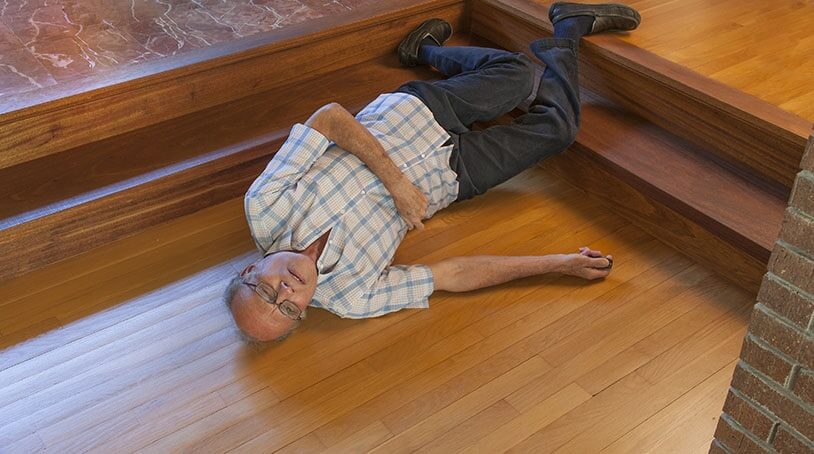In today’s world, ensuring the safety of our loved ones is a top priority. This is especially true for families with elderly members who are at a higher risk of falls. Implementing effective fall detection and family communication systems can make a significant difference in safeguarding seniors and providing peace of mind for their families. In this article, we will explore the importance of these systems and how they can be integrated into daily life.

The Importance of Fall Detection for Seniors
Falls are a leading cause of injury among seniors. According to the Centers for Disease Control and Prevention, one out of four older adults falls each year. The repercussions of a fall can be severe, leading to injuries that may require hospitalization or long-term care. Implementing a fall detection system is crucial in minimizing these risks and ensuring prompt assistance in case of an emergency.
How Fall Detection Technology Works
Modern fall detection technology utilizes sensors and algorithms to identify when a fall has occurred. These systems are often integrated into wearable devices such as smartwatches or pendants. When a fall is detected, the device automatically sends an alert to a designated family member or caregiver, ensuring immediate response. For more information on preventing falls, visit this page.
The Role of Family Communication in Fall Prevention
Effective family communication is vital in fall prevention strategies. Regular discussions about safety measures and potential hazards can help in identifying risks and implementing preventive measures. Family members should be informed about the locations within the home that are more prone to falls, such as bathrooms and staircases.
Using Technology for Better Communication
Technology plays a crucial role in enhancing family communication. Apps and devices that facilitate instant messaging and video calls can help families stay connected, regardless of geographical distances. In case of a fall, quick communication can make all the difference in ensuring timely assistance.
Integrating Fall Detection and Communication Systems
Integrating fall detection and family communication systems into your home requires careful planning and consideration. Start by assessing the specific needs of your elderly loved ones. Are they more comfortable with wearable devices, or do they prefer stationary sensors placed around the home?
Choosing the Right System
When selecting a fall detection system, consider factors such as ease of use, reliability, and compatibility with existing communication devices. Look for systems that offer seamless integration with smartphones or tablets, allowing family members to receive alerts and updates in real-time.
Home Modifications for Fall Prevention
In addition to implementing fall detection systems, making necessary home modifications can significantly reduce the risk of falls. Consider installing grab bars in bathrooms, improving lighting in hallways, and removing tripping hazards like loose rugs. For more ideas, check out home modifications for fall prevention.
Choosing the Best Flooring
The type of flooring in your home can also impact the likelihood of falls. Opt for non-slip materials and avoid glossy surfaces that can be slippery. For more insights on suitable flooring options, visit best flooring for senior fall prevention.
Creating a Safe Environment in High-Risk Areas
Certain areas within the home, such as bathrooms and showers, are particularly prone to falls. Implementing safety measures in these spaces is crucial for preventing accidents.
Bathroom Safety Tips
Bathrooms are one of the most hazardous areas in a home for seniors. Installing non-slip mats, grab bars, and shower chairs can help in minimizing the risk of falls. For more bathroom safety tips, visit bathroom safety for elderly.
Shower Fall Prevention
Showers can be particularly slippery, making them a common site for falls. Consider using anti-slip coatings on shower floors and installing handrails for added support. For more information, explore shower fall prevention for seniors.
Enhancing Bedroom Safety
Bedrooms should also be equipped with safety features to ensure a secure environment for seniors. Ensure that pathways are clear of obstacles and that lighting is adequate for nighttime visibility. For more tips on enhancing bedroom safety, visit bedroom safety for seniors.
Maintaining Open Communication with Healthcare Providers
In addition to family communication, maintaining open lines of communication with healthcare providers is essential. Regular check-ups and consultations can help in identifying potential health issues that may increase the risk of falls, such as medication side effects or balance disorders.

FAQs
What is the best fall detection device for seniors?
There are several devices available, and the best one depends on individual needs and preferences. Look for devices that are easy to use, reliable, and offer real-time alerts to family members.
How can I improve communication with my elderly family member?
Utilize technology such as smartphones and tablets to stay connected. Regular video calls and instant messaging can help in maintaining a strong communication link.
Are home modifications necessary for fall prevention?
Yes, home modifications play a crucial role in reducing the risk of falls. Simple changes like installing grab bars and improving lighting can make a significant difference in ensuring safety.
This article contains affiliate links. We may earn a commission at no extra cost to you.






